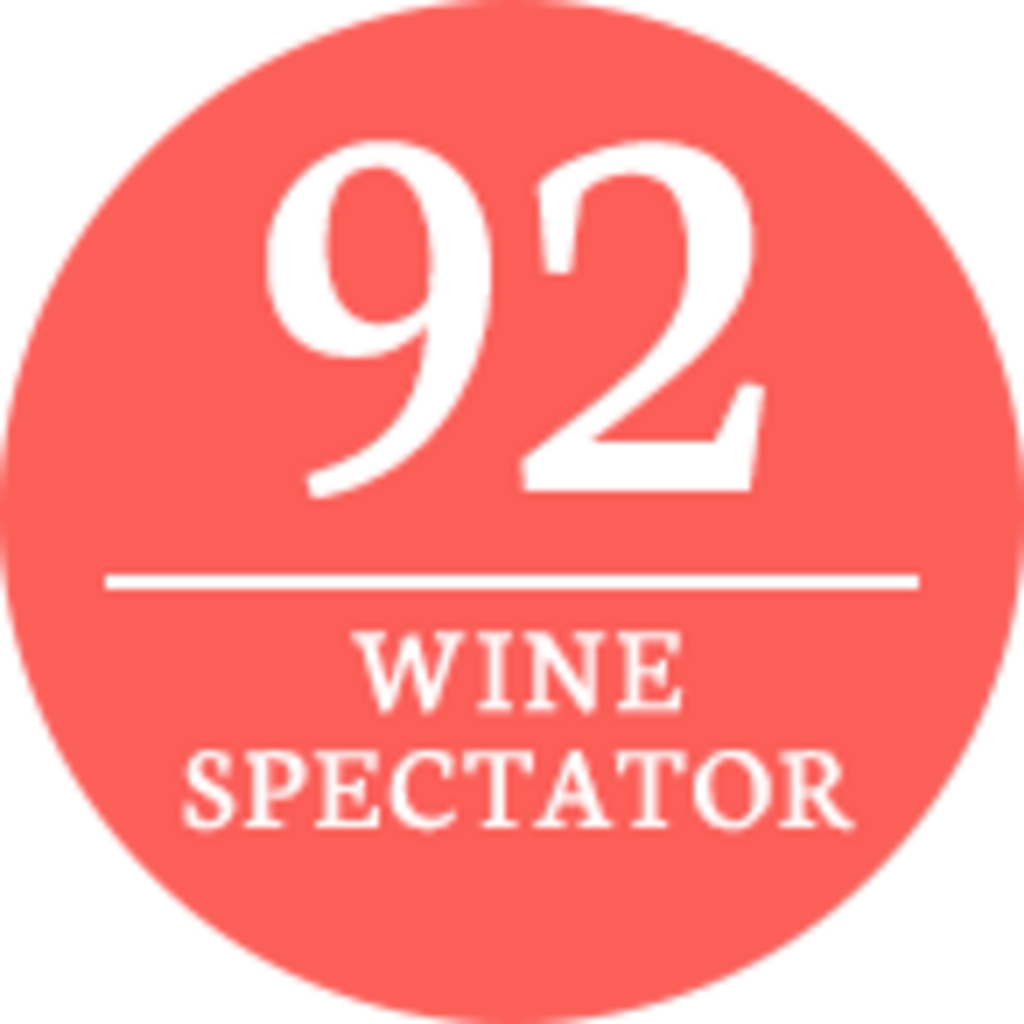Moët & Chandon
Famous Champagne
The company's history goes back to 1742 when Claude Moët (1683–1760) began to export wine from Champagne to Paris. In 1794, Jean-Remy Moët (1758–1841) bought the former Hautvillers monastery, where the monk Dom Pérignon had refined production techniques for champagne, and Moët soon began exporting it to other European countries and the United States. Jean-Remy Moët met Napoleon Bonaparte as early as 1781 and made friends with the then unknown Corsican boarding school pupil, who himself came from a family of winegrowers. During his later campaigns, Napoleon always carried a supply of Moët's champagne with him, and he planned his travels so that he could regularly pass through Epernay and visit his friend Moët. The era of the Napoleonic Wars made champagne - especially Napoleon's favourite brand Moët - famous throughout Europe.
In 1833, Moët expanded the company name to include "Chandon" when he handed over half of the company to his son Victor Moët and his son-in-law Pierre-Gabriel Chandon de Briailles.
Moët has been the market leader in champagne sales for many years. The winery has around 1150 hectares of vineyards in Champagne. This is distributed over around 200 wine-growing communities. 50% of the area under cultivation is labelled as Grand Cru, 25% as Premier Cru. Moët & Chandon also has the largest chalk cellars in Épernay. Its corridors extend over about 28km, making them the largest in all of Champagne. They have their own "street names". The oldest storage areas in this cellar date back to the year it was founded in 1743.
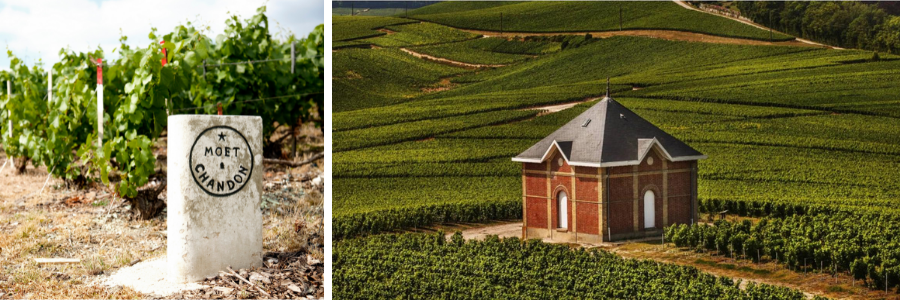
Moët & Chandon: 6 items
-
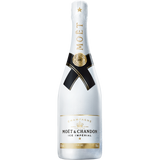
Moët & Chandon Moët & Chandon ICE Impérial, 0,75 L
- Perfect with lots of ice and a dash of lime
- Ideal champagne for hot summer nights
- Also goes well with desserts
-
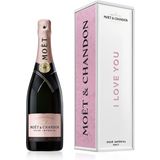
Moët & Chandon Moët & Chandon Brut Impérial Rosé Love You Metal Gift Box, 0,75 L
- The most famous rosé champagne in the world
- Bouquet of red fruits such as strawberry or raspberry
- Perfect gift for all occasions
-
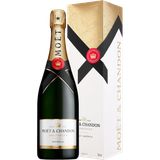
Moët & Chandon Brut Impérial in Gift Box, 0,75 L
- The icon of the champagne world
- Perfect aperitif, great gift
- Unmistakable & unique
-
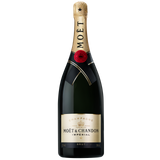
Moët & Chandon Brut Impérial Magnum, 1,50 L
- An icon of the champagne world
- Perfect aperitif or a great gift
- Distinctive & unique
-
-
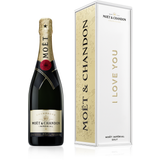
Moët & Chandon Moët & Chandon Brut Impérial Love You Metal Gift Box, 0,75 L
- Icon of the champagne world
- Perfect aperitif, great gift
- Unmistakable & unique
-
-
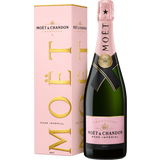
Moët & Chandon Rosé Imperial in Gift Box, 0,75 L
- Classic rosé champagne suitable for many occasions
- Pairs perfectly with oysters and seafood
- Cuvée composed of Pinot Noir, Chardonnay and Pinot Meunier
Magazine Articles:
Discover 9wines CH:
-
Switzerland: Free standard delivery from CHF 80.00
-
We operate in a
climate-conscious manner. Secure payments
with SSL encryption technology


